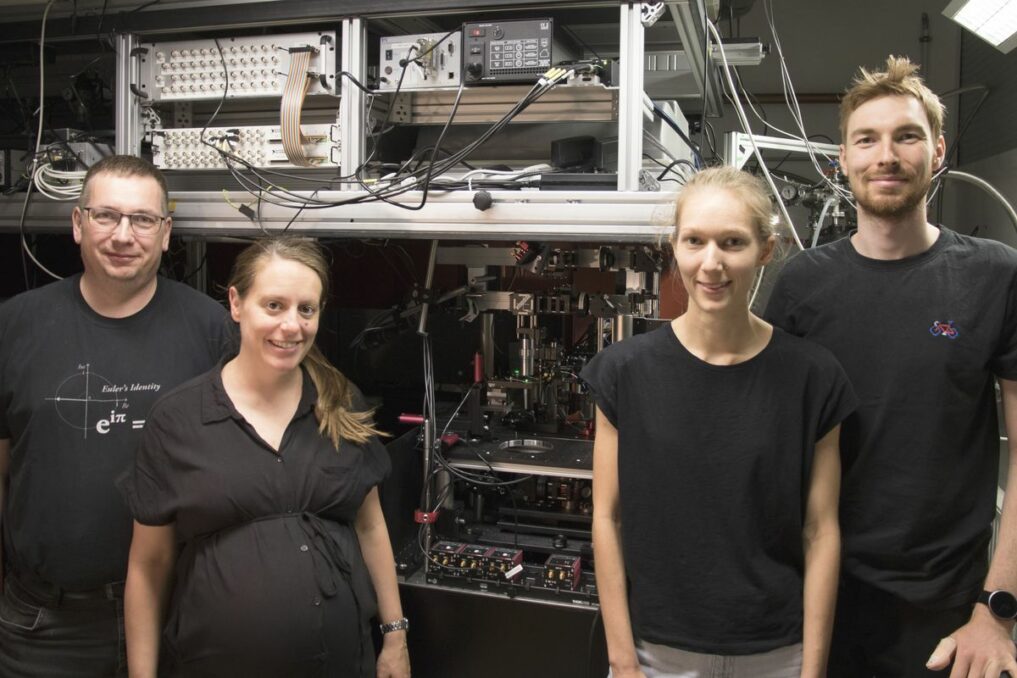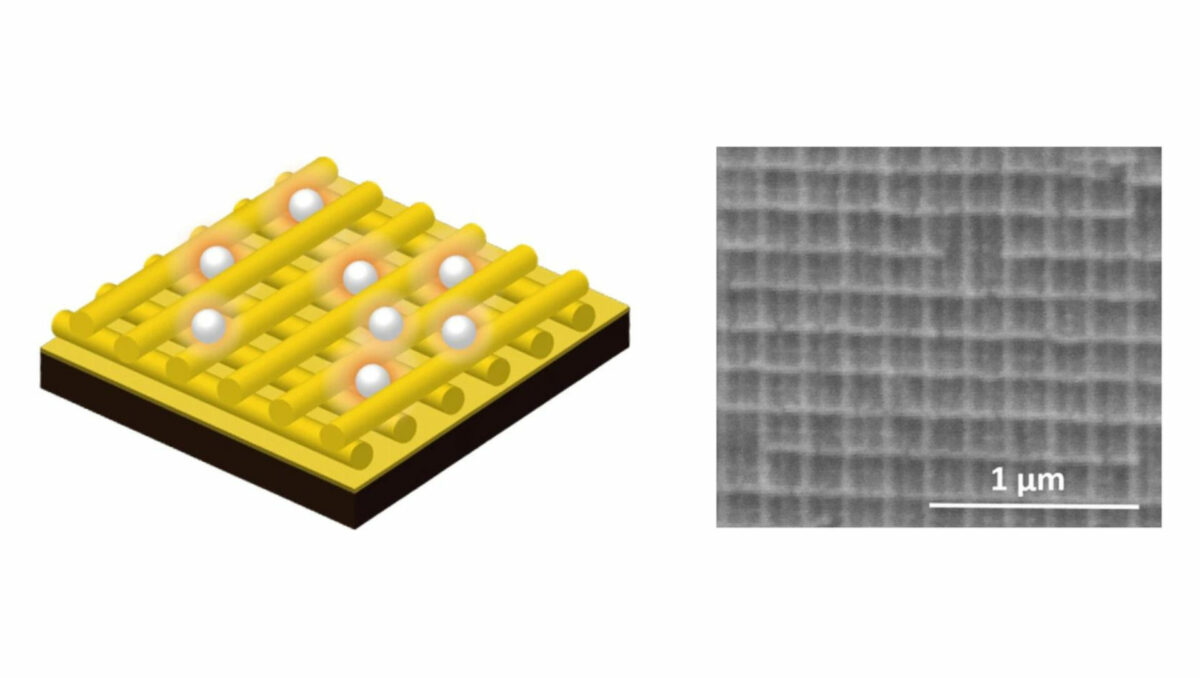Currently, nanoplastics have become a serious issue globally. Nanoplastics are defined as plastic particles with a diameter of less than one micrometer. These tiny, hardly perceptible plastic flecks have the potential to damage the ecosystem, for instance, if consumed by animals. It has proven challenging to evaluate the impact of even smaller particles, which are rarely detectable using standard techniques. Even living cells have the ability to absorb such tiny particles.

Now, researchers at TU Wien (Vienna) have succeeded in creating a measurement system that is orders of magnitude quicker than earlier approaches and can even detect individual nanoplastic particles. The study has been recently published in the journal Scientific Reports. The novel approach now has the potential to serve as the foundation for new environmental monitoring tools.
Study at TU Wien
At TU Wien, the Solid State Quantum Optics and Nanophotonics research group, led by Sarah Skoff, employed a physical principle that has also been frequently used in chemical analysis. A laser beam is used in this procedure to light molecules, which causes them to vibrate. Thus, a portion of the laser light’s energy is transformed into vibrational energy, while the remaining energy is reemitted as light.

The vibrational energy of the molecule is ascertained by measuring this light and comparing it to the laser light that was first released; since different molecules vibrate in various ways, it is also possible to identify which molecule it is.
However, Sarah Skoff points out that usual Raman spectroscopy would not be suitable for detecting the smallest nanoplastics. It would take too long and be way too insensitive. As a result, the research team had to look for physical impacts that could considerably advance this method.
The Backstage Story of Nanoplastics Detection
They did this by using a technique that has previously been used to detect biomolecules in a similar way. Thus, the sample is placed onto a gold grid that is incredibly fine. Only 40 nanometers thick and spaced roughly 60 nanometers apart, the individual gold wires are quite thin.
Sarah Skoff stated that the metal grid behaves like an antenna. There is considerably stronger contact with the molecules there because the laser light is intensified at those locations. The light signal from the molecules is additionally magnified due to an interaction between the molecule and the electrons in the metal lattice.
The light that the molecules then emit is often dispersed into all of its wavelengths in conventional Raman spectroscopy to determine which chemical it is. The TU Wien team was able to demonstrate, nonetheless, that the method can also be made simpler. Skoff described that they check very specifically for signals at precisely these wavelengths because they knew what the characteristic wavelengths of the nanoplastic particles are. The group was able to demonstrate that this can significantly increase measuring speed.
Earlier, it would take 10 seconds to measure only one pixel of the image you were looking for; now, it just takes a few moments. Polystyrene (Styrofoam) experiments demonstrated that the nanoplastic particles can be consistently detected even at this extraordinarily fast speed and even at very low concentrations. This technology even makes it possible to detect individual particles, unlike other approaches.
Framework for New Measurement tools

The research team now wants to look more closely at the new method’s possible uses, such as how it might be used to find nanoplastics in biological and environmental samples like blood. In any event, Sarah Skoff ensures that they have now demonstrated that the fundamental physical principle holds true. This, in theory, provides the groundwork for the future creation of new measurement tools that may be used to evaluate materials directly in nature away from the lab.













